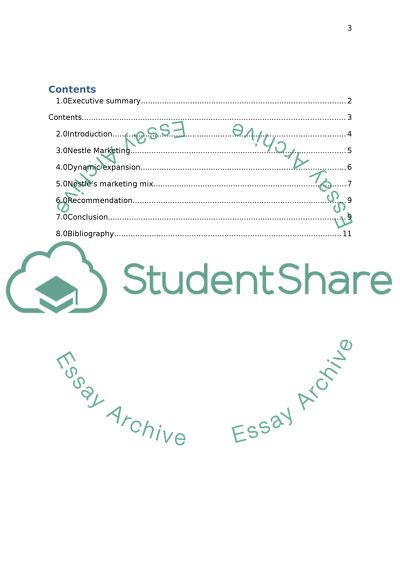Cite this document
(International Marketing Strategy of Nestle Company Case Study - 1, n.d.)
International Marketing Strategy of Nestle Company Case Study - 1. Retrieved from https://studentshare.org/marketing/1663638-international-marketing-strategy
International Marketing Strategy of Nestle Company Case Study - 1. Retrieved from https://studentshare.org/marketing/1663638-international-marketing-strategy
(International Marketing Strategy of Nestle Company Case Study - 1)
International Marketing Strategy of Nestle Company Case Study - 1. https://studentshare.org/marketing/1663638-international-marketing-strategy.
International Marketing Strategy of Nestle Company Case Study - 1. https://studentshare.org/marketing/1663638-international-marketing-strategy.
“International Marketing Strategy of Nestle Company Case Study - 1”, n.d. https://studentshare.org/marketing/1663638-international-marketing-strategy.


